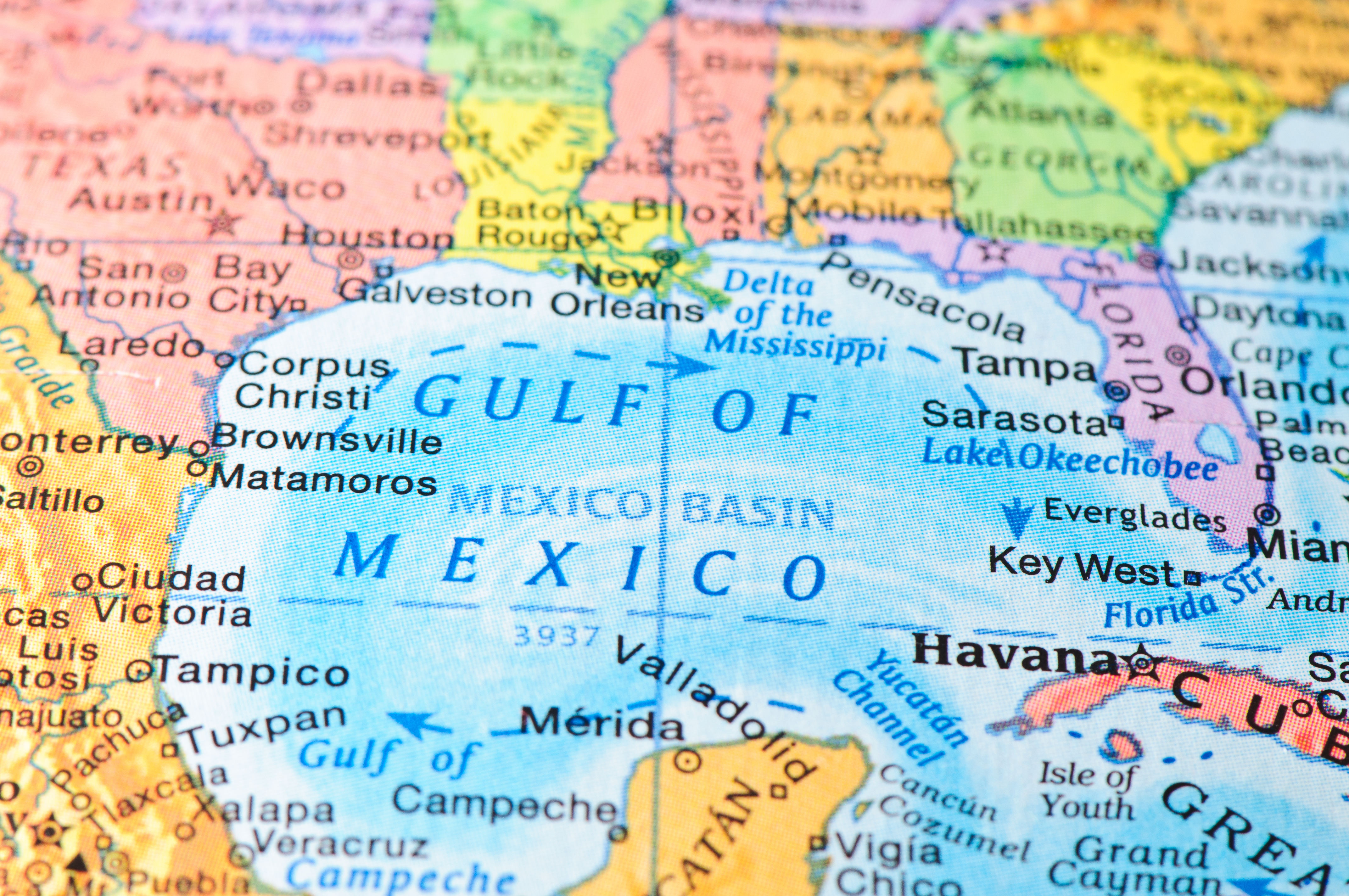Local Government Guide to Coastal Resilience: Risk Communication
Upcoming Events
Related News
- Importance of Communication
- Developing Your Message
- Tailoring Your Message
- Communicating Your Message
|
Importance of Communication |
One of the most challenging aspects of building resilience in our communities is effectively communicating the risks that require resilience in the first place. As resilience is integrated into a wider range of planning and decision-making processes, effective communication about these topics with a variety of stakeholders becomes more important. Engaging a wide range of personal and professional backgrounds – from local elected officials to low income residents – is vital to the success of local efforts to strengthening coastal county resilience. Frequent, genuine, inclusive conversations are critical, as communication is a two-way street that requires coastal management practitioners to ask for input, listen and remember that collaboration is key.
|
Developing your message |
The most effective messages are simple and clear. Therefore, before you start any broader community outreach, messages must be streamlined and simplified as much as possible.
Stay clear of jargon |
You want to make sure you are approaching people using their own vernacular, and not alienating them by using words they don’t understand or language that will shut down the conversation. |
Contextualize the message |
You want to allow the conversation to happen in a broader context of larger community issues. Focus on the economic or social benefits of taking action today. For example, turning an abandoned industrial park into a recreational park with low-impact design elements, gives county residents more options to get outside and stay healthy while decreasing stormwater runoff and improving the filtration of contaminants out of the water, which in turn has the potential to decrease flooding and improve local water quality. |
Focus on interest, not positions |
It is important for the message to be concrete and focused on how resilience can help solve current local circumstances. You want to use your core message in a way that speaks best to your audience to avoid alienating them. Focus on what you want to accomplish, how that is an opportunity to address the risks facing your community and how your community’s physical, social and economic well-being will benefit from making the changes you are recommending. Community members as well as investors in a community are more likely to support plans if they feel that they are in their best interests. |
Keep your messages positive and motivating |
Talking about uncertain, abstract future projections can lead to “doom and gloom” and negative conversations that cause people to disengage. For example, even if your audience has varying opinions about why flooding is happening more frequently, everyone is concerned about making sure homes don’t flood. A good rule of thumb is to focus one-third of your message on what is happening and the risks of inaction, and two-thirds of your message on what can be done and benefits of taking action today. |
Engage a small core test group |
Again, two-way communication is central to effective messaging and effecting change. To make sure your messages resonate with local stakeholders , engage a small core test group that is representative of the community. This test group can help you test and tweak your messaging, as well as any tools or materials, before you deploy it to a wider audience to ensure it is local and personal to the community. Relevant local stakeholders you might include: other county departments or agencies; faith-based organizations; volunteer and community organizations; businesses and nonprofit groups; schools and academia; and individuals and families of all ages and socio-economic means. You can build a stronger more effective coalition by aligning your goals with those of stakeholders with differing opinions from the outset. |
Remember your end goal is to strengthen local resilience to hazards |
It is about ensuring action is taken today to avoid future losses, not about changing people’s personal values and opinions. People can agree that taking action is the right decision, even if they do not have the same reasoning behind their decision. |
Always remember: you want simple, clear messages that are adaptable for the diverse cross-section of stakeholders in your community and repeated often by a variety of trusted sources.
|
Tailoring your message |
There is no one message. Messages need to be targeted to a variety of audiences as everyone has different values and concerns and different filters, which impact what they hear.
Local Elected Officials |
Understanding the unique perspective of your county board can be difficult due to the vast number competing priorities they must balance, and the fact that viewpoints and values often differ between members of the board. It is vital to have your elected officials on board with your plans, as they are the decision-makers who adopt local policies and budgets and set local priorities. You will want to carefully craft your message to fit each occasion and audience and build each conversation on top of the previous one – whether it is a one-on-one conversation with an individual board member or a presentation to the board as a whole. With the high turnover rates among local elected officials, communication can sometimes be a challenge. There are a few things to keep in mind when engaging new commissioners and re-engaging returning commissioners:
|
||||||||||
The Public |
There is no "general" public. When looking to tailor your message to the public, remember to:
|
|
Communicating your message |
When you are ready to communicate your message, it is worth reminding yourself that the most successful messages are: simple; clear; adaptable for the diverse cross-section of stakeholders in your community; and repeated often by a variety of trusted sources.
Engage diverse audiences |
|
||||||||||||
Conduct outreach aggressively |
|
|
|




